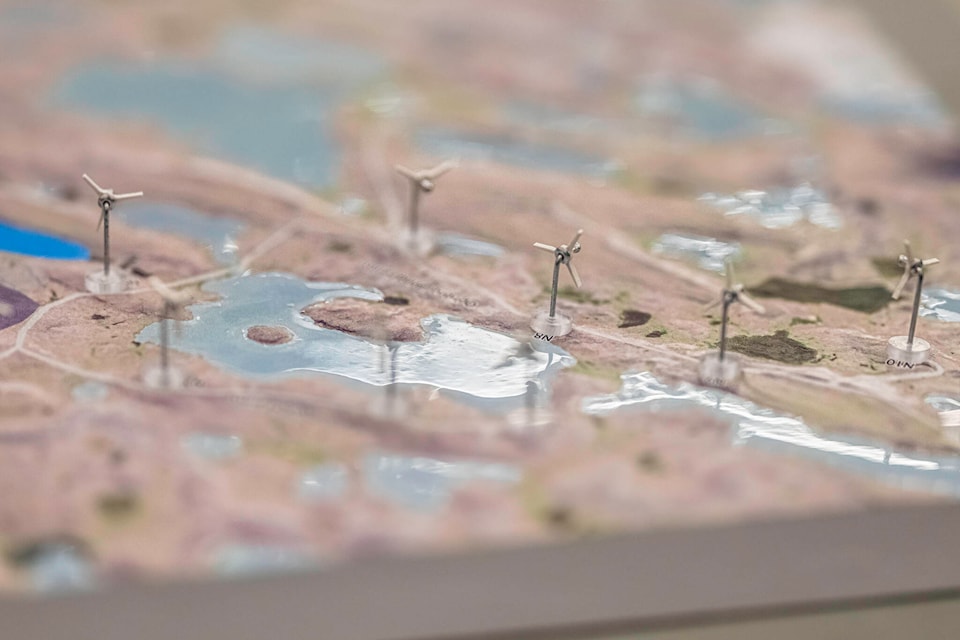Debates, presentations, questions and concerns were underway for a more-than-a-week-long meeting of the Nunavut Impact Review Board discussing Agnico Eagle’s application to extend the Meliadine gold mine.
Of chief concern for many was Agnico’s proposed windfarm, which would see three to five turbines installed in the first phase and up to 11 in total.
In Agnico Eagle’s presentation package, one bullet point reads, “Only viable option for Agnico Eagle is a windfarm,” in light of a green energy focus for the Government of Canada and requirement to reduce GHGs under Term and Condition 9 in its project certificate.
The extension, if it were to go through, proposes to extend the mine’s life by 11 years up to 2043.
“The construction and operation of the windfarm is the focus of most Government of Nunavut comments for this proposal,” wrote the GN in its presentation package.
In terms of positive benefits, the GN noted that the proposed project provides significant local employment and training opportunities for Nunavummiut, while the windfarm offers an opportunity for renewable energy and reducing on-site CO2 emissions.
But as for the windfarm, “this is the first time that Qamanirjuaq caribou will encounter wind turbines,” notes the GN, and “the effect on caribou from the proposed windfarm is unknown.”
The GN in its presentation package recommends a “more cautious” turbine shutdown threshold of 10km instead of 5km for when caribou are nearby.
Nunavut Tunngavik Inc, in their presentation package, outlined some serious concerns about the windfarm proposal.
“NTI shares concerns expressed by Kivalliq HTOs and KIA (Kivalliq Inuit Association) regarding the potential impact of windfarms on barren-ground caribou behaviour and migration,” wrote the organization under its ‘impacts on caribou’ page.
“Given the sociocultural and economic value of the Qamanirjuaq herd to Kivalliq Inuit, and its importance to Inuit food security, NTI agrees with KIA and Kivalliq HTOs that our current lack of understanding of the impacts of the proposed winfarm on the behaviour and migration of Qamanirjuaq caribou creates a highe risk to the herd. NTI supports KIA and HTOs, particularly the KHTO, in their submissions regarding the significant and adverse potential impacts of the proposed windfarm on the Qamanirjuaq caribou herd.”
The organization’s comments go on to say the proposed windfarm could mean a “high risk” of impact to the herd and “significant impact” to Inuit harvesting and food security.
“AEM’s additional information does not sufficiently address potential impacts on Inuit harvesting rights from the proposed windfarm,” wrote NTI.
In conclusion, NTI wrote that AEM’s information provided does not fully address Inuit concerns and in some cases does not reflect or fully consider Inuit Qaujimajatuqangit.
“NTI welcomes AEM’s efforts to date but encourages AEM to seek alternatives that address the concerns expressed by Inuit,” wrote NTI.
The meetings were scheduled to run from Sept. 12 – 20, with community input sessions starting on the weekend.
